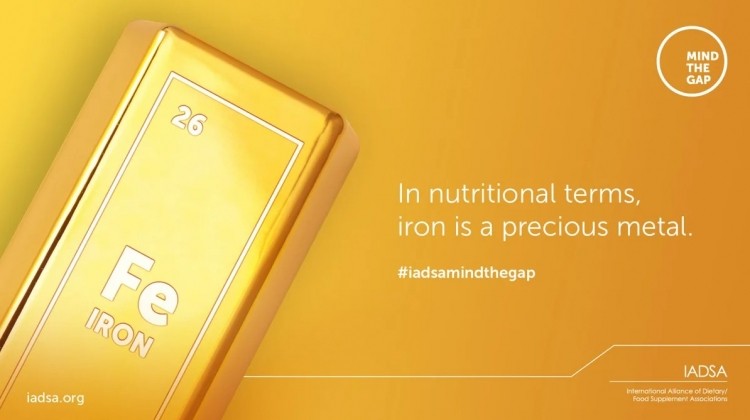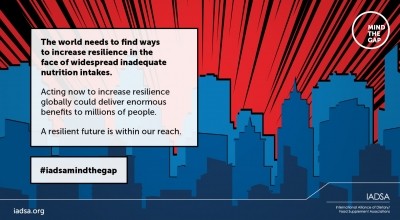NEWS IN BRIEF
IADSA resource highlights iron supplement use to tackle anaemia

The online resource explains how poor nutrition results in low iron consumption among pregnant women – a situation in which the World Health Organization (WHO) is advocating iron supplementation for this and other at-risk groups.
“Reducing anaemia by 50% among women of child-bearing age is a global challenge with huge potential health benefits that could impact the lives of millions of women across the world,” explains Simon Pettman, Executive Director of IADSA.
“We trust that this Mind the Gap story will help raise awareness of the importance of the WHO target.”
Launched last month, the resource entitled ‘Precious Metal: The role of iron in the global fight against anaemia’, is the latest in the Association’s Mind the Gap series that highlights the benefits of nutrition.
It also seeks to fill gaps in scientific knowledge, while promoting real-life examples of successful national nutrition programmes.
Codex Alimentarius video
Earlier this year, the IADSA launched a multimedia resource explaining the importance of Codex Alimentarius in the worldwide regulation of food supplements.
The video explains the significance of Codex Alimentarius, or "Food Code" that is overseen by the Codex Alimentarius Commission.
With this latest offering, the Association draws upon a target set by the WHO to cut anaemia rates by 50% amongst women of reproductive age by 2025. The disorder carries a greater risk for the mother and unborn baby.
The Organisation’s policy brief on the subject estimates that anaemia affects half a billion women of reproductive age worldwide.
In 2011, 29% (496m) of non-pregnant women and 38% (32.4m) of pregnant women aged 15–49 years were anaemic with the prevalence of anaemia highest in south Asia and central and west Africa.
Public health strategies
Public health strategies to prevent and control anaemia include improvements in dietary diversity; food fortification with iron, folic acid and other micronutrients and distribution of iron-containing supplements to name a few.
“Achieving a 50% reduction in the prevalence of anaemia among women of reproductive age by 2025 will require a relative reduction in the prevalence of anaemia in this group of 6.1% per year,” the brief states.
“Recognising the complexity of anaemia can lead to the establishment of effective strategies. An integrated, multifactorial and multisectoral approach is required to achieve this global target.”















